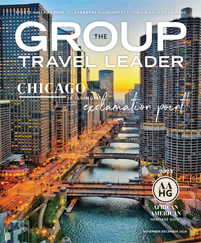You might think you know these phrases like you know the back of your hand, but calling them to mind can be as slow as molasses. Test your group on these famous expressions and award a prize to the one who can correctly write down all the answers first!
Cut and Dried Expressions- Game
Cut and Dried Expressions- Answers
If you have any games you would like to share or have trouble opening these games, email ashley (at) grouptravelleader.com.
Click here for more Group Games.










